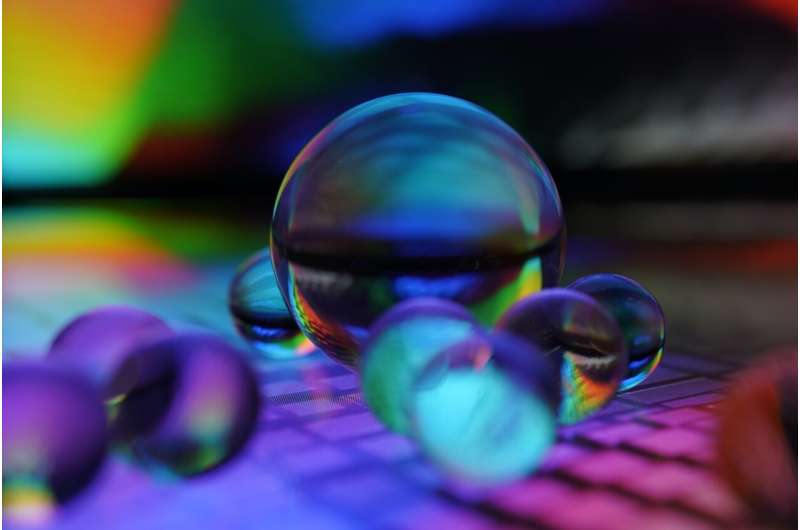Using machine learning to identify promising polymer membranes

Polymer membranes are commonly used in industry for the separation of gases like CO2 from flue gas and methane from natural gas. Over several decades, researchers have been studying various polymers to improve their permeability and usefulness but have hit a roadblock when it comes to testing them all in a quick and efficient manner. In a recent publication in Science Advances, UConn Assistant Professor of Mechanical Engineering Ying Li, University of Connecticut (UConn) Centennial Professor of Chemical and Biomolecular Engineering Jeff McCutcheon; UConn researchers Lei Tao, Jinlong He; and researcher Jason Yang from California Institute of Technology have found an innovative new way to use machine learning (ML) to test and discover new polymer membranes.
Through investigation, the authors remark on the currently Edisonian approach to membrane design: "In the decades of technological development in the membrane science field, design of new membrane materials has been, and remains, a largely trial-and-error process, guided by experience and intuition. Current approaches generally involve tuning chemical groups to increase affinity and solubility towards the desired gas or incorporating greater free volume to increase overall diffusivity."
As an alternative method to tedious experiments, computational models can be used to predict membrane performance. However, they are either too expensive, or low accuracy caused by the simplified approximations. To address this shortcoming, the team developed an accurate way to identify new, high-performing polymers using ML methods.
Using multiple fingerprint features and fixed chemical descriptors, the team used deep learning on a small dataset to link membrane chemistry to membrane performance. Traditionally, RF (Random Forest) models are known to work best on small data sets, but the team found that deep neural networks worked well because of the use of ensembling, which combines prediction from multiple models.
Further, the team found that the ML model was capable of discovering thousands of polymers with performance predicted to exceed the Robeson upper bound, which is a standard used to define the permeability and selectivity trade-off for polymer gas-separation membranes. In addition, discovered polymers with ultrahigh permeability would allow for industry to perform gas separations with higher throughput, while maintaining a high level of selectivity.
The researchers summarize, "Ultimately, we provide the membrane design community with many novel high-performance polymer candidates and key chemical features to consider when designing their molecular structures. Lessons from the workflow demonstrated in this study can likely serve as a guide for other materials discovery and design tasks, such as polymer membranes for desalination and water treatment, high-temperature fuel cells, and catalysis. With the continual improvement of ML techniques and an increase in computing power, we expect that ML-assisted design frameworks will only gain popularity and deliver increasingly substantial results in materials discovery for a wide range of applications."
More information: Jason Yang et al, Machine learning enables interpretable discovery of innovative polymers for gas separation membranes, Science Advances (2022). DOI: 10.1126/sciadv.abn9545
Journal information: Science Advances
Provided by University of Connecticut




















